Robin L. Chazdon – Organization for Tropical Studies (OTS) interview (2014)
Robin L. Chazdon is a professor of tropical ecology in Ecology and Evolutionary Biology Department at the University of Connecticut. She has been studying natural regeneration in second-growth tropical forest using long term monitoring plots within the landscape matrix surrounding La Selva Biological Field Station in Heredia province of Northeast Costa Rica. She is a palm specialist and has investigated many aspects of this important plant group including physiology and genetics within the context of forest regeneration. The Bosques Project […]

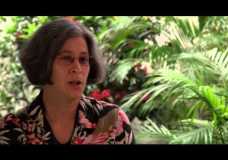
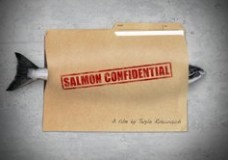
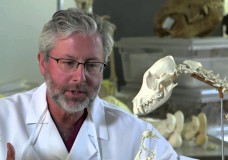
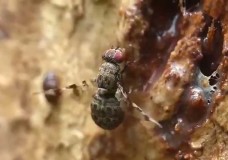
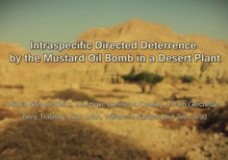
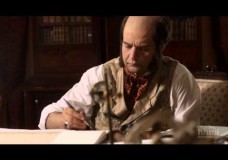
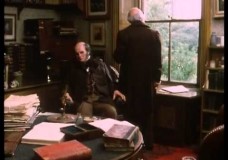
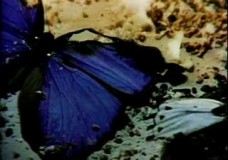
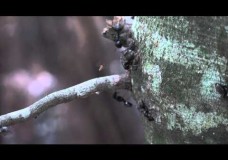
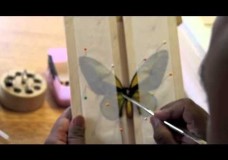

Recent Comments